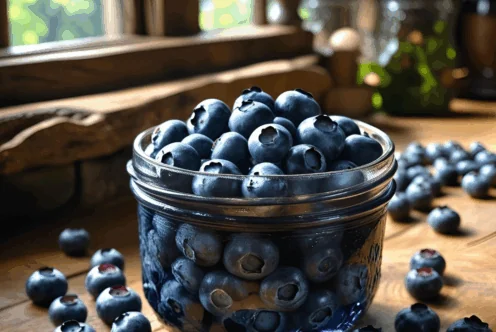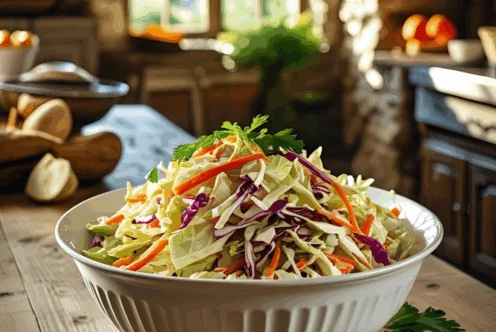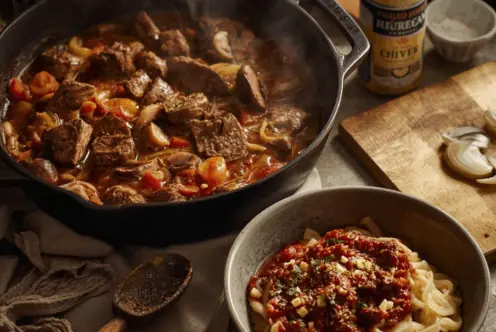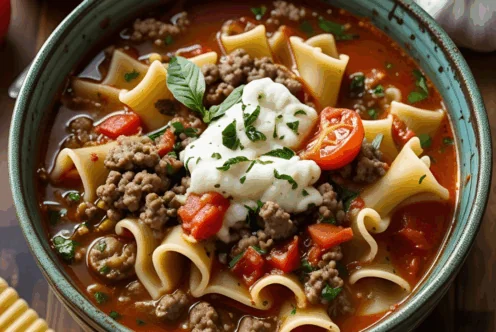Blog
25 Really Fun Facts about Root Vegetables
Julie Murphree, Arizona Farm Bureau Outreach Director
We’re all about root vegetables. And, we have a lot to tell you about root vegetables. Here, we share some fun facts!
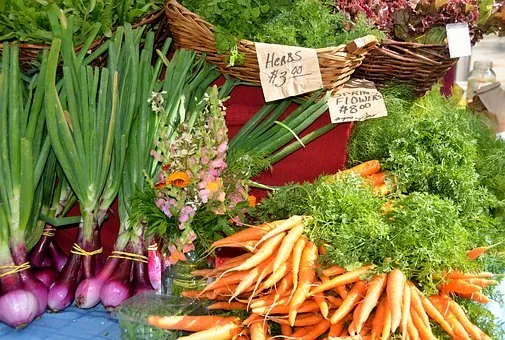
- Arizona grows nearly every kind of root vegetable that exists.
- The root vegetables are considered some of our best mix of vegetables to produce in the fall and winter months in Arizona.
- Obviously, these are all vegetables that grow below the ground.
- Technically, they’re not all roots, for example, onions and garlic.
- Root vegetables are low in calories and high in antioxidants.
- Each type of root vegetable contains a wide variety of vitamins and minerals.
- A medium baked russet potato (including its skin) has 164 calories and 935 mg of potassium (more than twice the potassium of a medium-sized banana).
- A cup of mashed turnips has 51 calories and 76 milligrams (mg) of calcium — as much calcium as half of a slice of cheddar cheese.
- The flesh of a medium baked sweet potato has only 103 calories and enough vitamin A — 1,096 micrograms (mcg) — to meet your entire Recommended Dietary Allowance for the day (for adults 51 or older, that’s 700 mcg for women, 900 mcg for men). Carrots are also a good source of vitamin A, with 1,069 mcg in a cup of chopped raw carrots.
- Carrots are best known for being rich in beta carotene, a compound that may reduce heart disease and certain types of cancer, and Vitamin A, which bolsters vision, bone growth and tooth development.
- Originally, wild carrot varieties ranged in color from white to purple.
- In the 1600s, Dutch agriculturalists developed carrots that emphasized orange tints and phased out purple. The tinkering didn’t stop there: Researchers at Southern Illinois University report that the British developed high-carotene carrots during World War II in order to enhance pilots’ night vision. Today, geneticists are breeding carrots in a wide color spectrum, including purple, red and yellow, all with slightly different nutritional properties.
- High in fiber, vitamin C and folate, parsnips make a nutrient-rich alternative to the potato when mashed or roasted as a side dish. Look for small- to medium-sized roots; larger parsnips can be woody.
- The average American eats 120 to 126 pounds of potatoes per year, and while Super-Size fries may have a lousy nutritional reputation, don’t blame the spud itself: fresh potatoes have more potassium than bananas as mentioned earlier, spinach or broccoli and are full of fiber and Vitamin C.
- There are as many ways to prepare potatoes as there are pots to cook them in, and they’re so cheap that there’s no reason you can’t experiment.
- One of the best things about beets is that they’re high in folic acids, which protect against birth defects.
- Fresh beets offer more than just crunch and a variety of colors — the greens attached to the beets are also tasty and can be sautéed with garlic and some olive oil and be eaten just like spinach or used in soups to provide some extra texture and nutrition.
- Claims that garlic prevents cancer and lowers cholesterol have been challenged.
- Garlic is delicious. Cut off the top, drizzle with olive oil, wrap in tin foil, and roast at 400 degrees until the cloves (only 4 calories apiece) are soft and spreadable.
- Root vegetables, including the onion, even have a place in the cocktail world. A Gibson is one of the few cocktails that’s garnished with an onion.
- Probably to all the wonderful flavor they contribute to a recipe, Americans consume about 20 pounds of onions per capita every year.
- A serving of onion has only 45 calories and can transform the taste and aroma of casseroles, sautés, salads and sandwiches — and just about anything else.
- Rutabagas are considered a cabbage-turnip hybrid. They’re easy to grow and, once you pull them from the ground, they can keep in your cupboard for up to three whole months. The big, yellow root vegetables have a stronger, more peppery flavor than their mild-mannered turnip cousins, and have more vitamin A and beta carotene, as well.
- More and more, cooks and chefs are turning the turnip into a more popular root vegetable. Often, they’ll blend turnips into their next batch of mashed potatoes. Turnips have a sweet flavor and plenty of vitamin C.
- Root vegetables are not always as popular with kids but when blended with their favorite vegetables, parents can introduce the little ones to new flavors.
Arizona Farm Bureau’s Fill Your Plate has a variety of vegetable recipes that include the root vegetables. Check out the recipes that mainly come from our Arizona farmers and ranchers.













